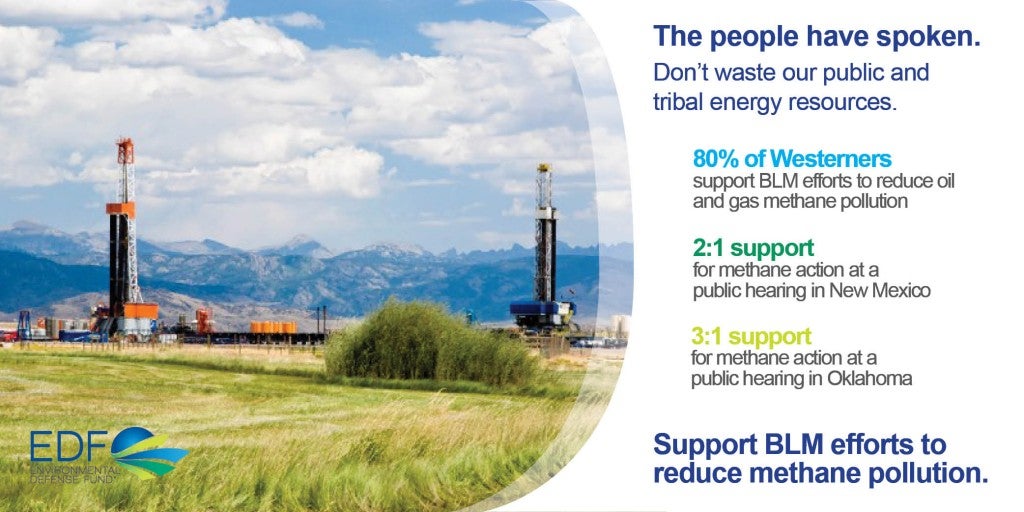By David Lyon and Adam Peltz
There are at more than 1.5 million inactive oil and gas wells in the U.S. that remain uncapped and, in some cases, unsafe. Some are temporarily dormant, while others are fully depleted but not yet properly sealed, continuing to emit residual pollution from the days when they were active. Many are what the industry calls “orphans,” with no financially solvent owner in sight to take the responsibility for them. Long seen as a water protection issue, a new study in the journal Geophysical Research Letters now shows that properly plugging unused wells can also reduce emissions of the potent greenhouse gas methane.
The study looks at orphaned and plugged wells in four oil and gas producing regions of the country – Colorado’s Denver-Julesburg Basin; Ohio’s Appalachian Basin; Wyoming’s Powder River Basin; and Utah’s Uinta Basin. It is part of a series of 16 major studies organized by Environmental Defense Fund to better understand the scale and scope of oil and gas methane emissions. Read More











 New York’s environmental and utility regulators are moving closer to a unified approach to building a cleaner, more robust, and affordable energy system.
New York’s environmental and utility regulators are moving closer to a unified approach to building a cleaner, more robust, and affordable energy system. After more than four months of spewing potent methane pollution, the massive
After more than four months of spewing potent methane pollution, the massive  These numbers don’t lie. They represent the strong support new methane waste and pollution reduction rules from the Department of Interior’s Bureau of Land Management enjoy across the west. Methane is a potent climate pollutant and the main constituent of natural gas, so when oil and gas companies on public land allow methane to be leaked, burned or vented to the atmosphere, it not only impacts air quality and our climate, it also represents an economic loss to taxpayers.
These numbers don’t lie. They represent the strong support new methane waste and pollution reduction rules from the Department of Interior’s Bureau of Land Management enjoy across the west. Methane is a potent climate pollutant and the main constituent of natural gas, so when oil and gas companies on public land allow methane to be leaked, burned or vented to the atmosphere, it not only impacts air quality and our climate, it also represents an economic loss to taxpayers. Companies today employ a wide array of energy reduction strategies, including energy efficiency, renewable energy, and the utilization of data management systems. But how can companies simultaneously improve these distinct facets of energy management and ultimately scale them? Increasingly, companies that show excellence in comprehensive, strategic energy management are able to employ both top-down and bottom-up management approaches, and infuse data into all levels of their work. This approach to driving progress has proven successful in many corporate energy management programs and is responsible for an increasing number of gains in the space over the last few years.
Companies today employ a wide array of energy reduction strategies, including energy efficiency, renewable energy, and the utilization of data management systems. But how can companies simultaneously improve these distinct facets of energy management and ultimately scale them? Increasingly, companies that show excellence in comprehensive, strategic energy management are able to employ both top-down and bottom-up management approaches, and infuse data into all levels of their work. This approach to driving progress has proven successful in many corporate energy management programs and is responsible for an increasing number of gains in the space over the last few years.